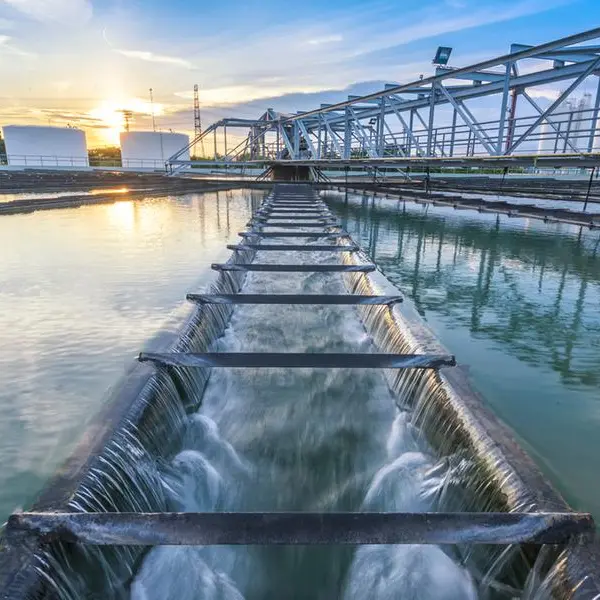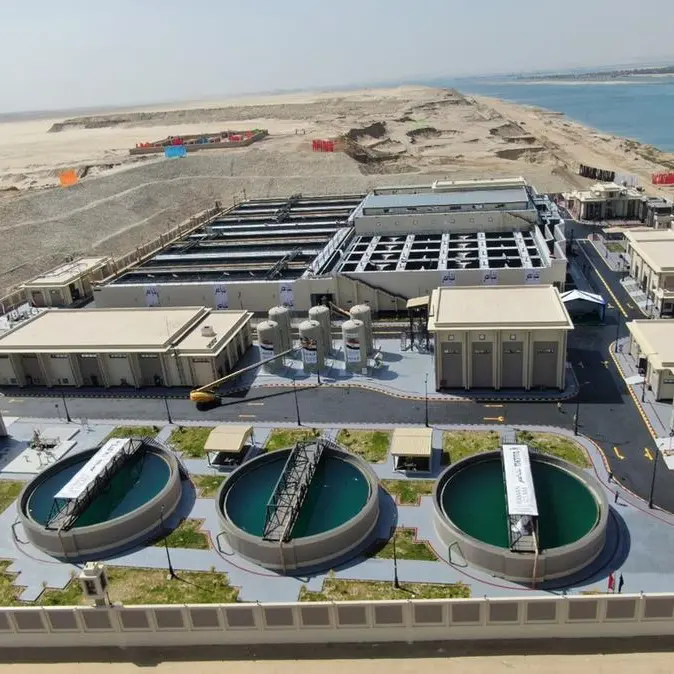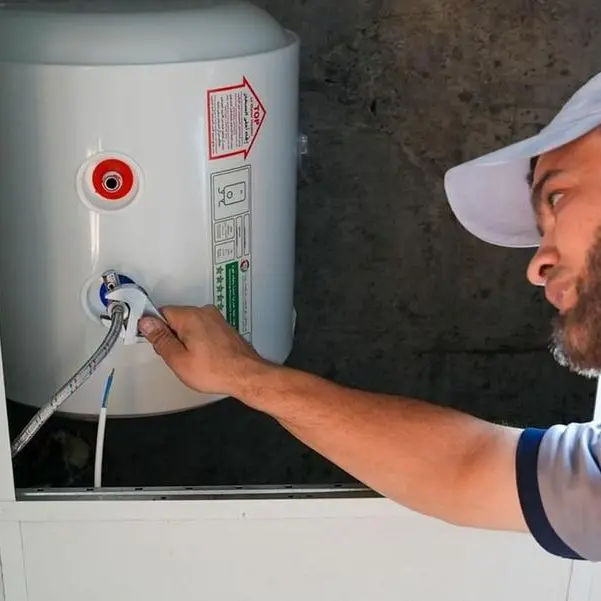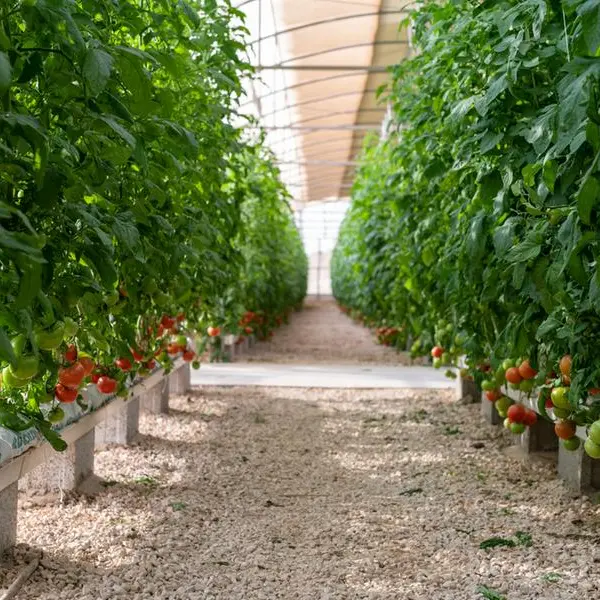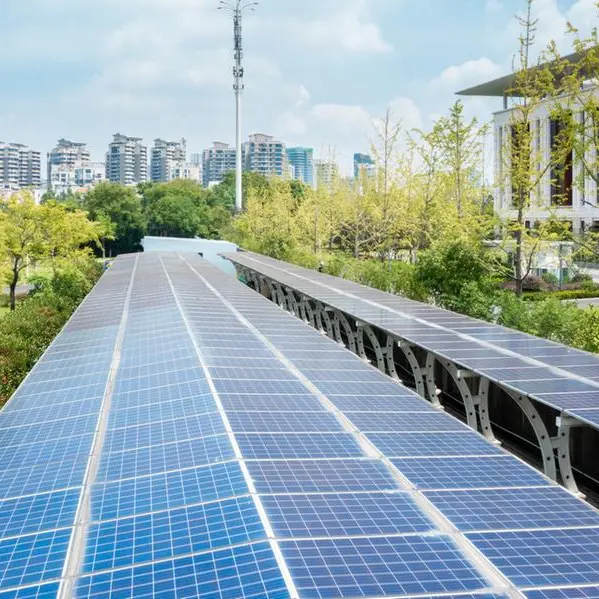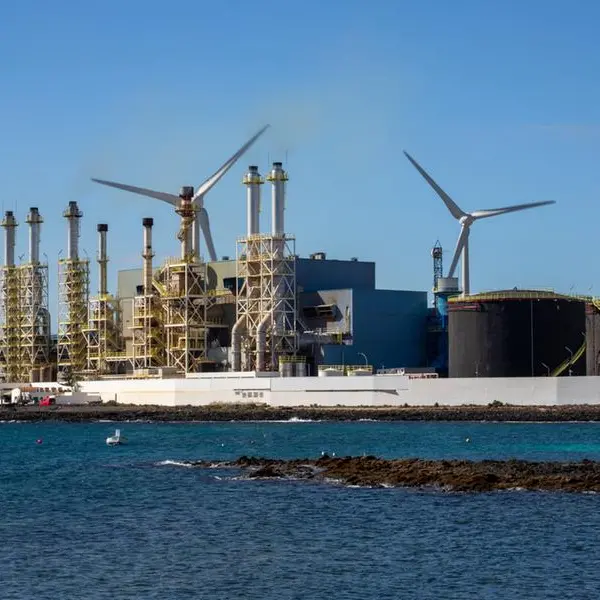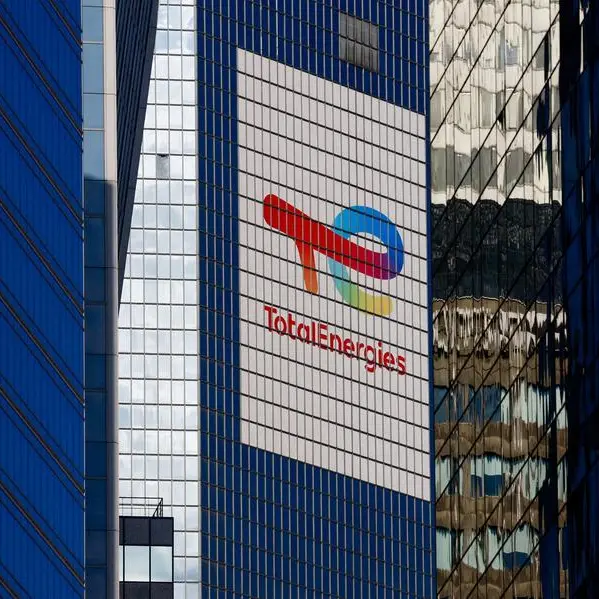PHOTO
Africa’s 2022-37 hydropower project pipeline stands at 60.8 gigawatts (GW), nearly double its current installed capacity of 34.3 GW, with projects listed in Ethiopia, DR Congo, Nigeria, Mozambique, Zambia, Tanzania, South Sudan, Angola, Cameroon, Uganda and Guinea, according to a new report from the International Renewable Energy Agency (IRENA).
The continent has 4.9 GW of pumped hydro projects in the pipeline in Egypt, South Africa and Morocco as against the current installed capacity of 3.2 GW.
The report noted that total global hydropower potential is around 50 petawatt hours per year (PWh/year) and that most of this potential lies in Africa, Asia and South America.
Middle East pipeline
The Middle East’s hydropower project pipeline up to 2037 stands at 5.3 gigawatts - one-third of the current installed capacity of 14.5 GW - with upcoming projects in Iran, Iraq and Lebanon.
Israel and the UAE totally account for 0.8 GW of upcoming pumped storage hydropower projects or around half of the current installed pumped hydro capacity in the region.
DEWA’s 250 megawatts (MW) Hatta pumped storage hydroelectric power plant, the first of its kind in the GCC, is scheduled for completion in the fourth quarter of 2024. Jordan, Oman and Saudi Arabia are currently exploring hydropower options.
The global hydro power project pipeline for the same period stands at 525 GW of conventional hydropower and 136 GW of pumped storage hydropower.
Costs
The global weighted-average total installed cost of new hydropower in 2021 was $2135/kW for large projects (over 10 MW) and $2,000/kW for small projects (less than 10 MW), which have risen by 65 percent and 44 percent respectively since 2010, noted the report.
“The increase in total installed costs could be partly attributed to the fact that the best hydro sites have already been developed and countries are now trying to develop hydropower in less than ideal sites with higher than average installed costs”, the report observed.
But hydropower still is one of the cheapest sources of electricity. The global weighted average LCOE (levelised cost of electricity) of utility-scale hydropower projects was $0.048/kWh in 2010-2021 – lower than any fossil fuel-based alternative and only bettered by the LCOE of onshore wind power, it said.
Investments
However, despite being one of the cheapest sources of renewable electricity, only $72 billion, equivalent to four percent of all renewable energy investments made between 2013 and 2018, went into hydropower, noted the report. “It’s a relatively small amount, especially when considering that it is a mature technology that generates around 65 percent of all renewable electricity.”
In terms of sourcing, 75 percent of the $72 billion invested between 2013 and 2018 corresponded to public investment, leaving the private sector with only one-quarter of the total investment during that period, the report said.
Challenges
The report pointed out ageing fleet, attracting finance due to the nature of hydropower development and its timelines, and environmental and social impacts as challenges impeding hydro projects. It stressed on the need for new business models and market structures that appropriately reward the services, other than power generation, like flexibility and balancing services.
(Writing by Sowmya Sundar; Editing by Anoop Menon)

